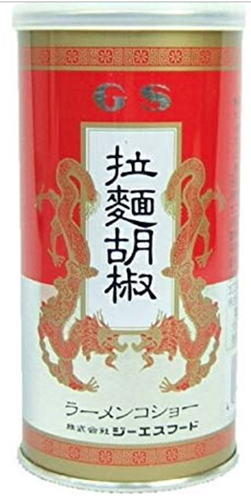199. The "Wheat" Radical: 麦
The seven-stroke "wheat" radical 麦 may look complex, but there's nothing complicated about it as a radical. It appears in just two Joyo kanji, one of which is 麦 as an autonomous character:
麦 (194: wheat; barley; oats; rye)
麺 (2118: noodles)
In both cases, the 麦 radical is on duty. This component does not pop up inside any other Joyo kanji.
Photo Credit: Eve Kushner
This clear writing helps us appreciate the beautiful geometry of 麺! No longer are the strokes so close together that we can barely distinguish one from the other.
This section of a sign advertises a salad (サラダ) with 冷麺 (れいめん: cold noodles). Because 冷麺 originated in Korea, the Japanese still perceive this dish as a Korean specialty. However, yakiniku (grilled meat) places in Japan serve 冷麺.
What Is the 麦 Radical Called?
The autonomous 麦 kanji has two Joyo yomi, むぎ and バク. It follows that the 麦 radical can have the following names:
むぎ
むぎへん
ばくにょう
The first name applies to both 麦 and 麺. By contrast we need to reserve むぎへん and ばくにょう for 麺. That's because the へん (偏) means "left side of a kanji," whereas the にょう (遶: to surround) refers to elements that go down the lower left and then across the bottom of a character. Both へん and にょう are apt descriptions of the part of 麺 that isn't 面.
The English nomenclature for this radical is simpler. "Wheat" is the only option.
Photo Credit: Eve Kushner
We hit the jackpot in this sign for 麦小家 (むぎごや), Little House of Wheat. The first Japanese line begins with 麦, and the third starts with 麺 (めん: noodles).
The second line contains these terms:
当店自慢 (とうてんじまん: pride of this restaurant)
生パスタ (なまパスタ: fresh pasta)
The Little House of Wheat takes great pride in its fresh pasta. So far so clear.
Then comes a testimonial:
「麺が全然違う!!」と大好評
People everywhere are saying, "The noodles are completely different!”
全然 (ぜんぜん: completely); 違う (ちがう: to be different);
大好評 (だいこうひょう: well received everywhere; very popular)
Here's how the sign ends:
とにかく1度!! 食べてみてください!
Anyway, please try our noodles once (and you’ll be hooked for life)!
とにかく (anyway); 1度 (いちど: 1 time); 食べる (たべる: to eat)
That's a happy ending.
A Variant
It’s specific to Japan to write “noodles” as 麺. The way to represent this concept in Traditional Chinese is 麵 (with 面 being the Simplified Chinese version).
The difference between 麺 and 麵 comes down to our radical; the Traditional Chinese character incorporates the 11-stroke 麥. As an autonomous character, that is the variant (and again the Traditional Chinese version) of 麦. According to Henshall in his newer edition, some scholars feel that 麥 is a pictograph of a "wheat or barley plant," but not everyone agrees.
To my surprise, the Japanese sometimes use 麵 instead of writing just 麺. Why would anyone complicate things in this way? The Japanese feel that the old style is beautiful and gives the impression of genuine traditional Chinese cuisine, so some restaurant owners in Japan use the shape to attract potential customers.

We find 麵 on this Japanese product.
The word 拉麺胡椒 (ラーメンこしょう) literally means “ramen pepper,” but there’s more than just pepper in this ramen seasoning. The Amazon Japan page lists these ingredients: black pepper, white pepper, garlic, and onion.
By the way, both 胡 and 椒 are non-Joyo.
Photo Credit: Eve Kushner
In Chiang Mai, Thailand, 麵 appears at the bottom of the sign. Of course, it's not surprising to see a Traditional Chinese character in this context.
